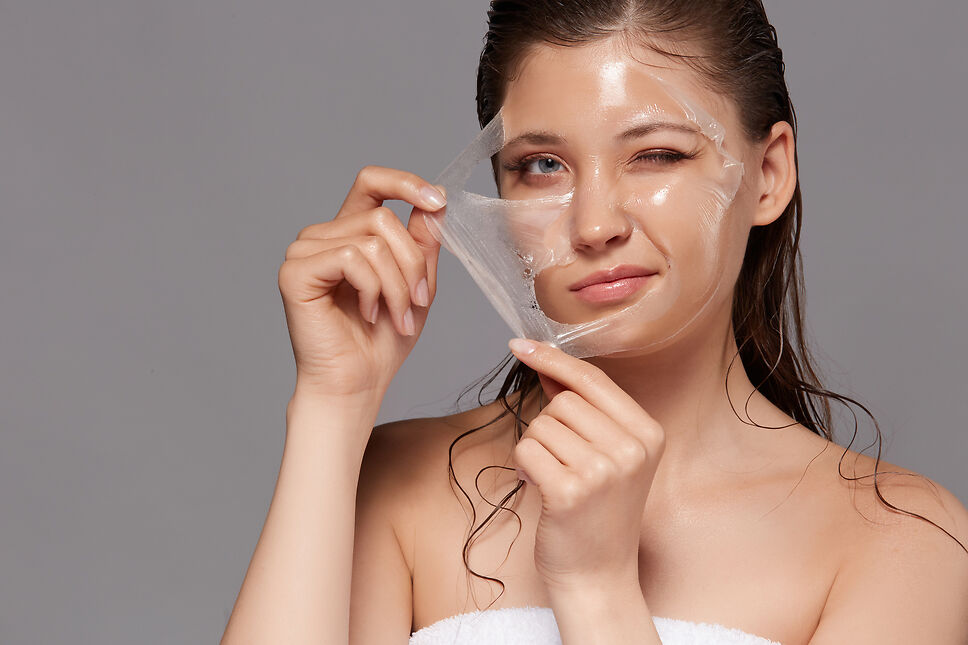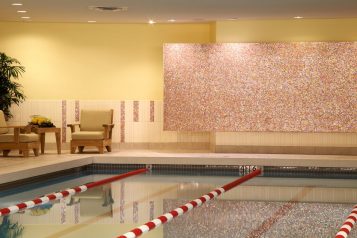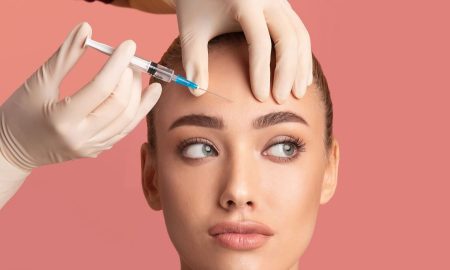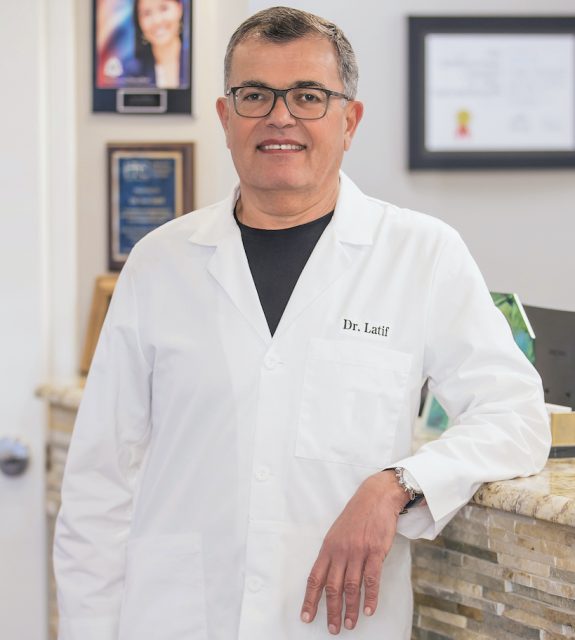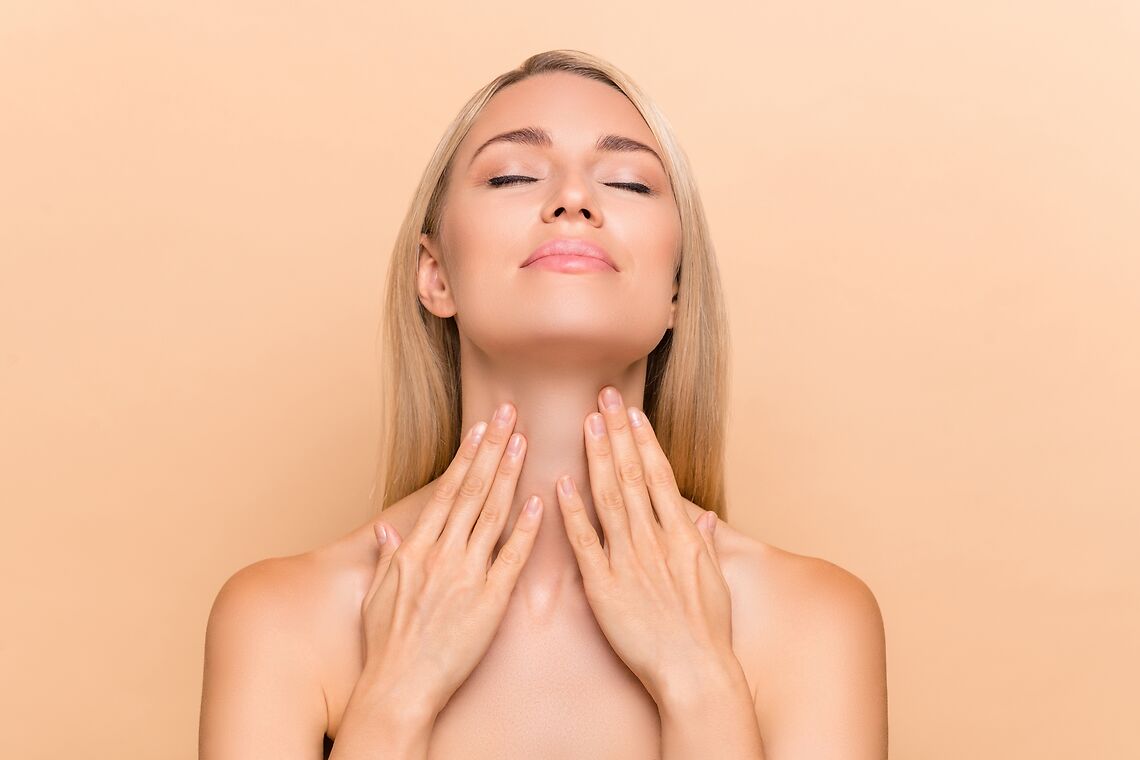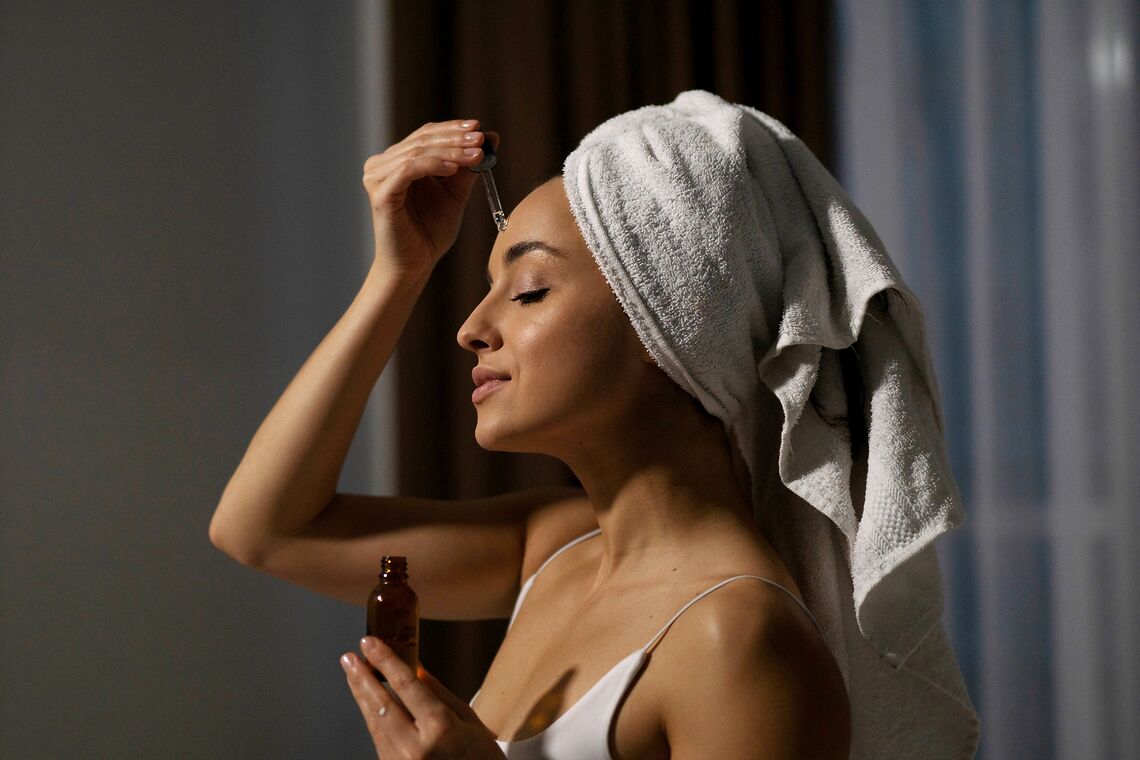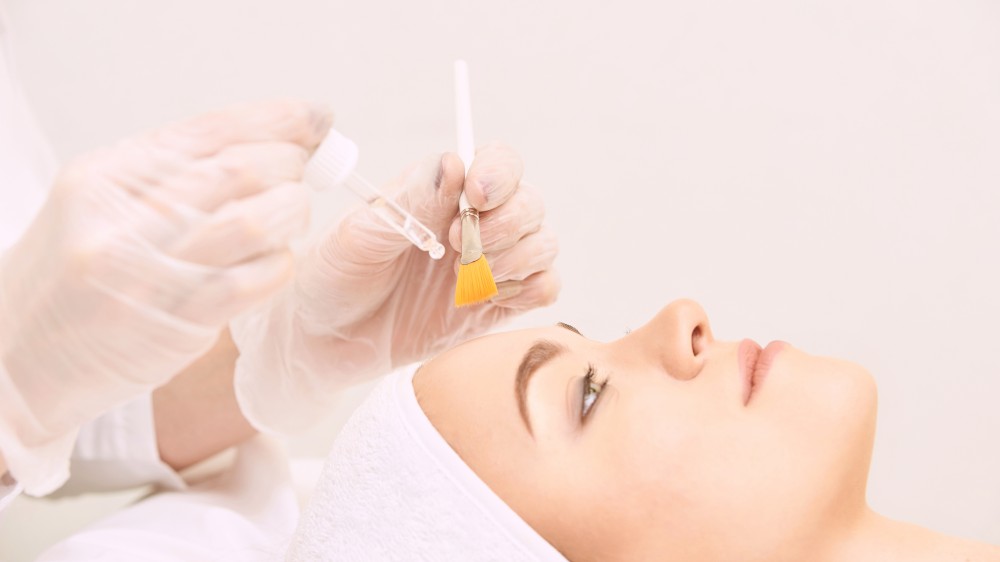
Treating skin concerns such as discoloration, wrinkles, and sun damage through over-the-counter products, and prescribed treatments usually offer temporary results. However, one of the best treatments targeting an array of different skin concerns are chemical peels. Dr. Stacy Chimento, of Diane Walder Dermatology by Riverchase, chatted with Haute Beauty to reveal the benefits of chemical peels and how to maintain results.
What are the benefits of chemical peels?
Chemical peels are a wonderful treatment that is quick and easy to perform in the office. They can be used for an array of conditions to improve dull skin, brown spots, wrinkles, sun damaged skin, acne scars and pigmentation for post inflammatory conditions and melasma. Depending on the depth of the peel, a good amount of fine lines and wrinkles can be much improved. Examples of chemical peels include salicylic acid (Beta) peels, Glycolic acid peels. TCA peels. lactic acid peels, and vitalize peels.
Which clients qualify for chemical peels?
While chemical peels are great they are sometimes not the correct treatment for all skin types. Patients with medium to darker skin tones often need to be careful about what type of chemical peels they do. Patients with very sensitive skin and those on isotretinoin (Accutane) or have photosensitivity dermatological conditions are not good candidates for chemical peels. There is always a risk of discoloration, allergic reactions, and scarring.
Explain the process during this procedure?
The patient should be educated about pre-chemical peels instructions, such as avoidance of any irritating topicals, soaps, moisturizers or procedures 1 week prior to peel and no sun exposure/sunburns 2 weeks prior to peel. The face is prepped with alcohol to ensure that all oil and dirt/make up are removed. A thin layer of Vaseline is often applied to corners of the mouth, sides of nose, eyebrows, and corners of eyes to protect these areas from the chemical application. Depending on the peel applied, the chemicals are swiped carefully and evenly over the face making sure to protect the eyes with avoidance of lips and mouth as well. Passes are dependent on peel applied. Once the endpoint is obtained, either the peel is neutralized with water or can be left on overnight. Wide-brimmed hats and plenty of sunscreen is recommended during the week as the skin gently peels off. Depending on the peel, some people don’t peel at all, some have flaking and some can have sheets of skin peel off.
What follow-up treatments, if any, are needed following this treatment?
I typically have my patients come back in one month for follow up if needed if they do lighter peels such as a Glycolic peel, Beta peel, or Vitalize peel. However, for medium to deep peels such as TCA, I typically like to see them back a week later after the skin has peeled off to ensure there are no issues such as discoloration or infection.
Which skin products/brands would you recommend to maintain results after a chemical peel?
I like TNS recovery complex which are potent growth factors, cytokines and matrix proteins that fight free radicals and help with help to boost collagen production in the skin. I also like Skinmedica HA5 Rejuventaing hydrator which is great post chemical peels because it holds in moisture and gives continuous moisture throughout the day.
For more information, visit Dr. Brian A. Levine's social media:





